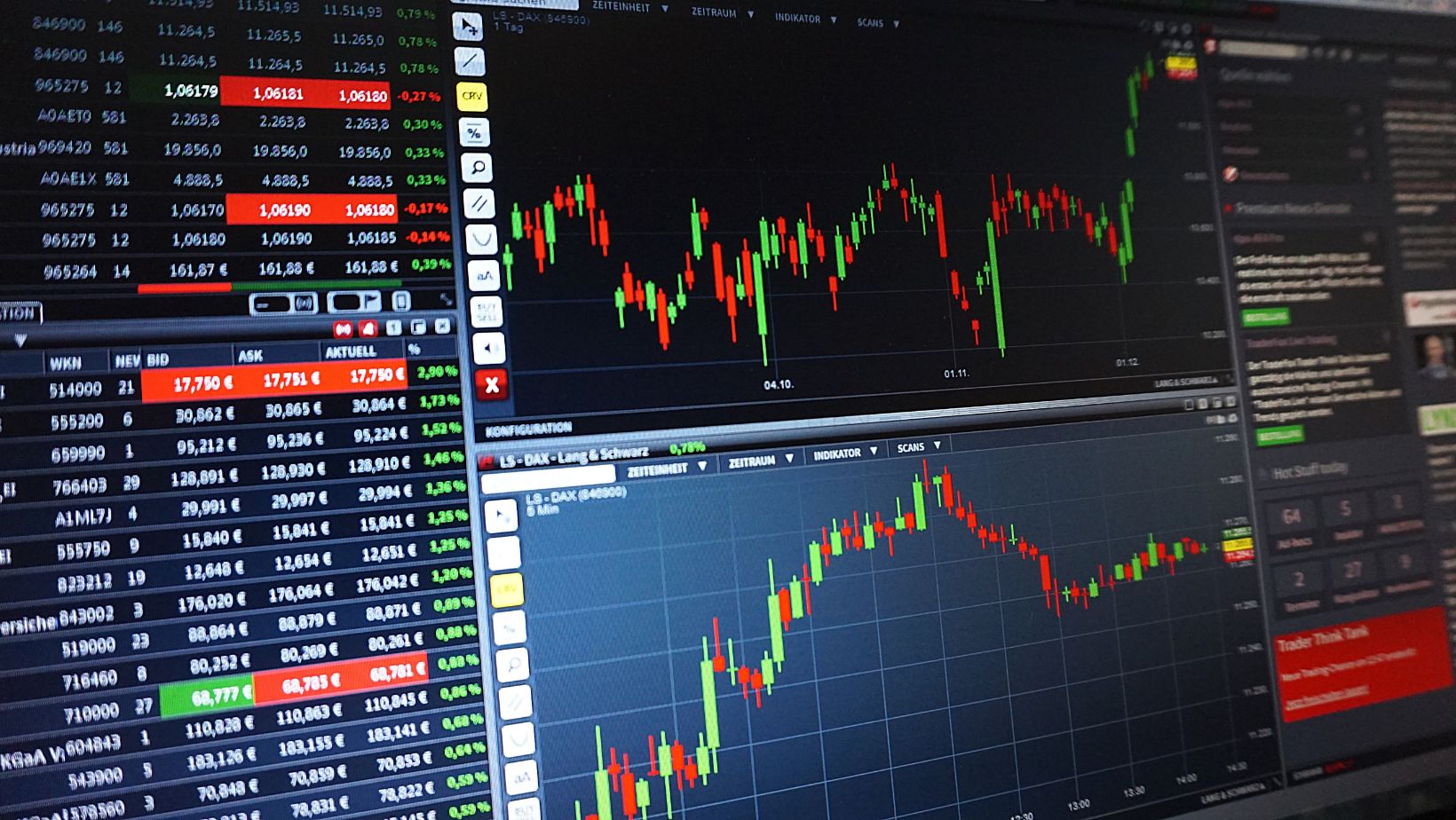Trading in the foreign exchange (Forex) market requires more than instinct and quick decisions—it demands a structured, methodical approach. A trading plan is not just a good idea; it’s essential. It provides clarity, consistency, and discipline, helping traders navigate volatile conditions without getting swept up in emotion. This article will walk you through how to create a reliable Forex trading plan that can serve as your personal roadmap to success.
What Is a Forex Trading Plan?
At its core, a trading plan is a written document that outlines how you will trade: what, when, and why. It defines your goals, strategies, risk parameters, and rules for entering and exiting trades. But more than that, it serves as a psychological anchor—keeping you grounded during both losses and wins.
A good trading plan brings structure to what can otherwise be a chaotic experience. It helps eliminate guesswork, reduces emotional decision-making, and allows you to evaluate your performance objectively over time.
To be clear, a good trading plan will never eliminate risk entirely, it will only ever reduce the high risk that comes with trading forex. Remember to always trade with well-regulated forex brokers to ensure your funds are protected by a compensation scheme and reduce regulatory risk.
Step 1: Set Clear Goals and Understand Your Risk Tolerance
The first step in building a trading plan is to clarify your objectives. Are you trading for long-term wealth accumulation, or are you looking for short-term income? Perhaps you’re aiming to supplement your salary or build a retirement fund. Defining your goals helps determine your trading style, risk appetite, and time commitment.
Once your goals are clear, it’s time to assess your risk tolerance. This refers to the amount of loss you’re psychologically and financially willing to endure on a single trade or over a period of time.
A common method traders use is the 1–2% rule, where no more than 1–2% of your total trading capital is risked on a single trade. For instance, if your trading account holds $5,000, you might risk only $50–$100 per trade. This protects you from catastrophic losses during inevitable drawdowns and gives you more chances to recover if things don’t go as planned.
Understanding risk also means acknowledging your emotional limits. If a losing streak of three trades leaves you panicked or impulsive, you may need to reduce your position sizes or revise your strategy.
Step 2: Choose Your Market and Trading Style
With over 180 currency pairs available, it can be tempting to trade everything—but focus is your friend. Choose one or two currency pairs that you can study in-depth. Many beginners start with major pairs like EUR/USD or GBP/USD due to their liquidity and (relatively) predictable behaviour.

Once you’ve chosen your market, decide on a trading style that aligns with your lifestyle and personality. Scalpers, for example, make dozens of trades in a single day and thrive on fast decision-making and short time frames. Day traders hold positions for hours but close all trades by the end of the day. Swing or position traders hold trades for days or weeks and focus more on larger market trends.
Ask yourself how much time you can dedicate to trading and how patient you are. Your answers will point you toward the style that fits you best.
Step 3: Build and Test a Trading Strategy
Now comes the strategic core of your trading plan: the strategy itself. This is where you decide how you’ll identify trading opportunities, what signals you’ll rely on, and how you’ll determine when to open or close a position.
There are two primary approaches: technical analysis, which focuses on price charts, indicators, and patterns; and fundamental analysis, which considers economic data, news, and geopolitical events.
Many successful traders use a blend of both. Before risking real money, backtest your strategy using historical data. Then paper trade (i.e. trade using a demo account) to gain confidence and identify weaknesses. Only when your strategy shows consistent results should you go live.
Step 4: Define Your Risk Management Rules
No strategy can eliminate losses completely, so effective risk management is crucial. Set clear rules for position sizing, stop-loss orders, and take-profit levels.
A good rule of thumb is to aim for a risk-reward ratio of at least 1:2. This means that for every $1 you risk, your potential reward should be $2 or more. That way, you can be profitable even if only half your trades are winners.
Consistent application of these rules protects your capital, helps you avoid overtrading, and allows you to survive losing streaks.
Step 5: Monitor, Feedback, and Adapt
Once your plan is in motion, your job isn’t done—it’s just beginning. Successful traders treat their trading plan as a living document. That means regularly tracking your trades, analysing performance, and adjusting your approach when necessary.

Keep a trading journal that includes not just your trade data (entry, exit, profit/loss), but also notes about your emotional state, reasoning, and any external events that may have influenced your decision. Over time, you’ll spot patterns—both good and bad—that can help you refine your strategy.
Why a Trading Plan Sets You Apart
While many traders skip this step and trade on impulse, those with a plan are more likely to succeed over the long term. A trading plan helps you stay focused during turbulent times, reduce emotional reactions, and make consistent, rational decisions.
It becomes your personal accountability partner—one that reminds you of your long-term goals when short-term noise threatens to throw you off track.
Final Thoughts
Forex trading isn’t easy, but with a clear, well-thought-out plan, it becomes manageable—and even enjoyable. Your trading plan is your roadmap, your safety net, and your strategic playbook. Start by building a simple plan and grow with it. Adapt, refine, and evolve as you gain experience.
Remember, in trading—as in life—discipline beats impulse, and preparation trumps luck.
